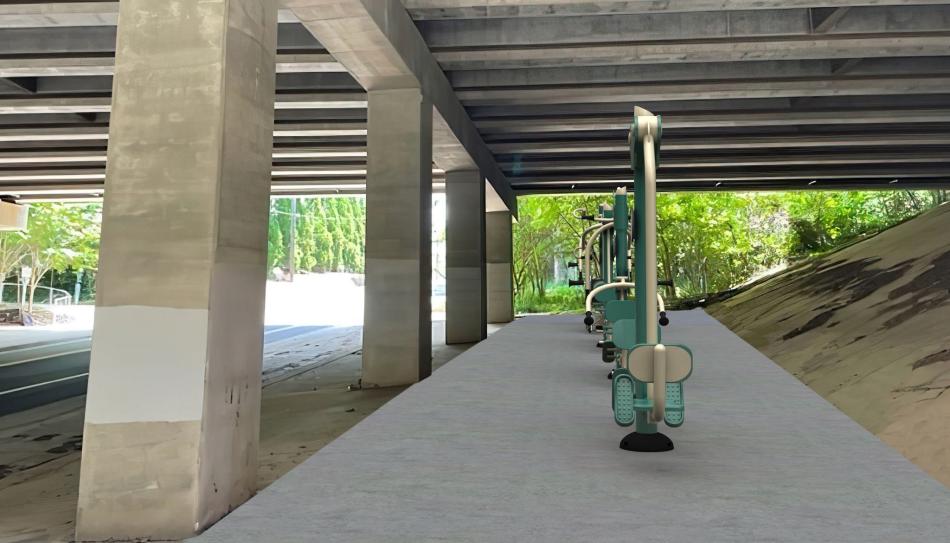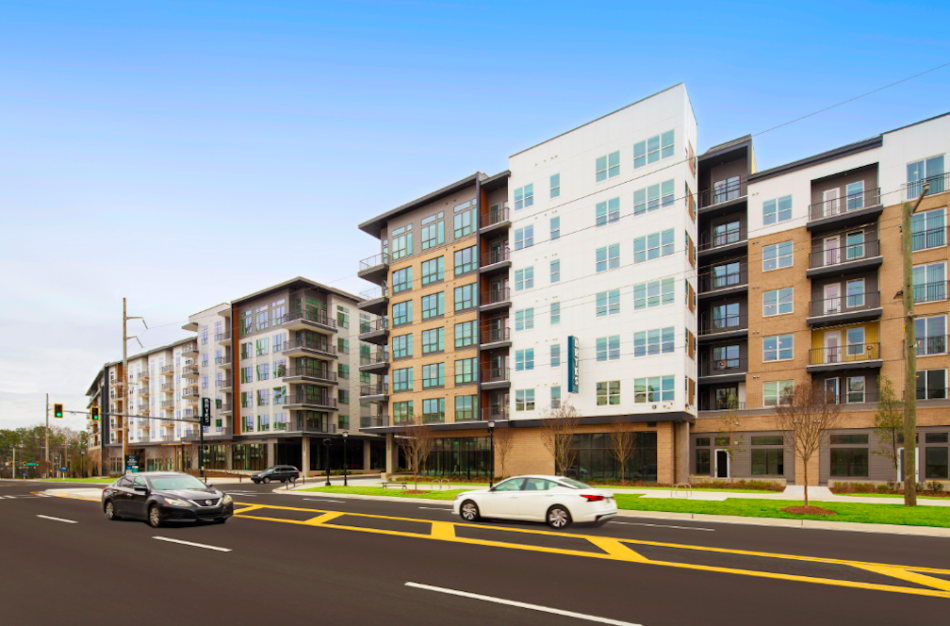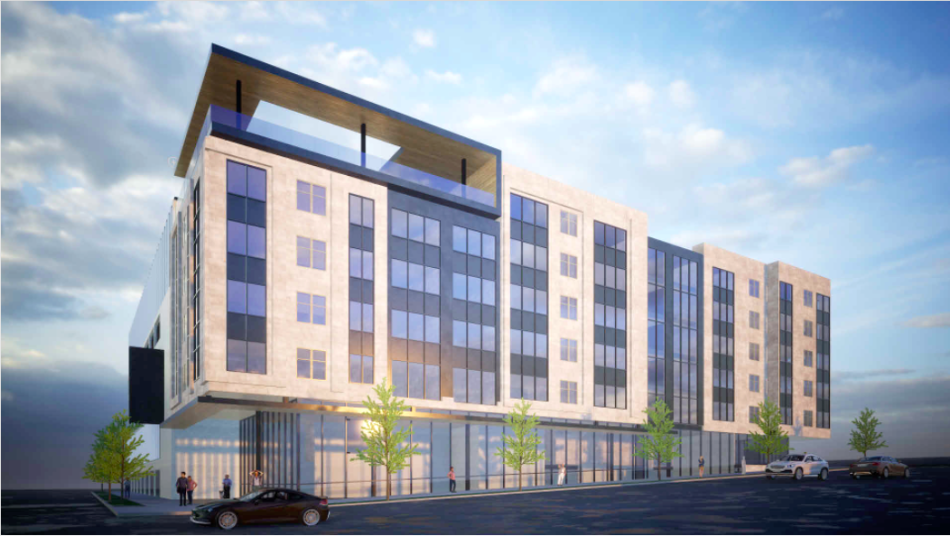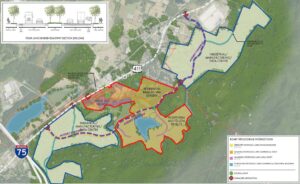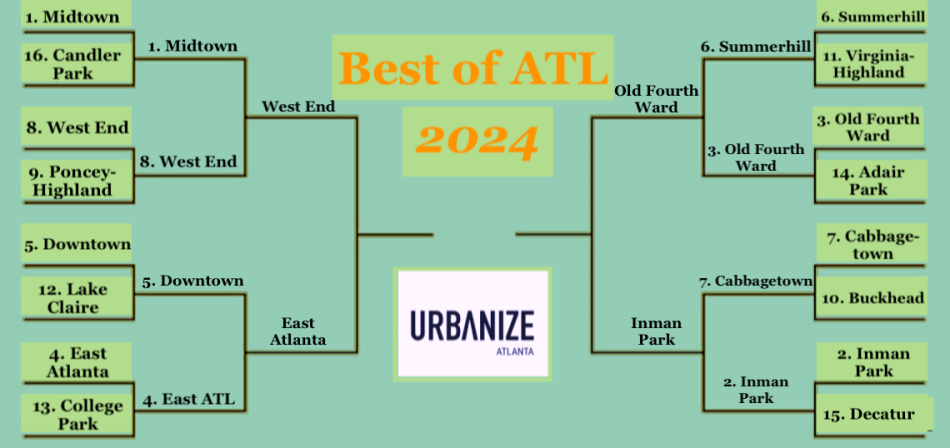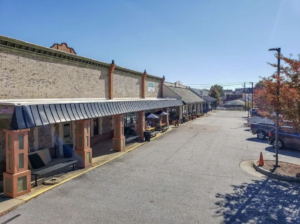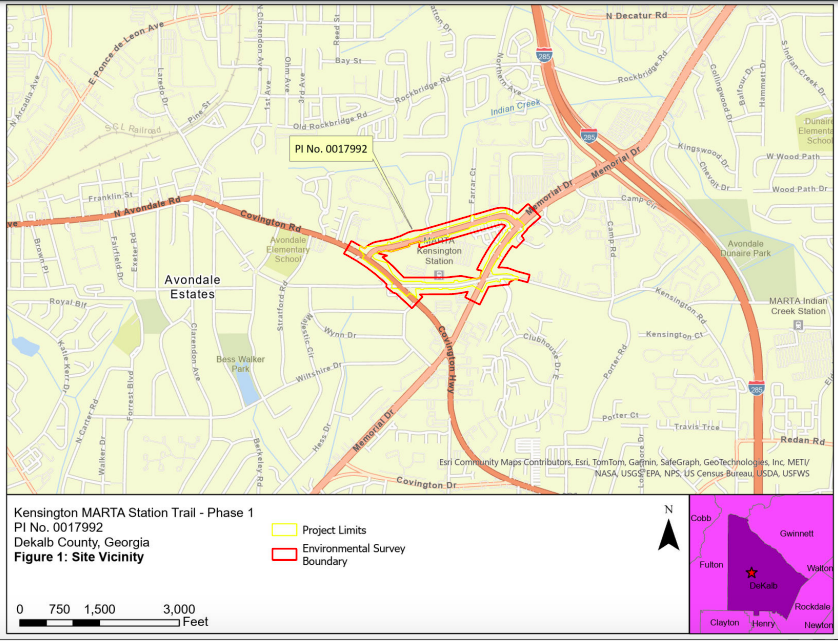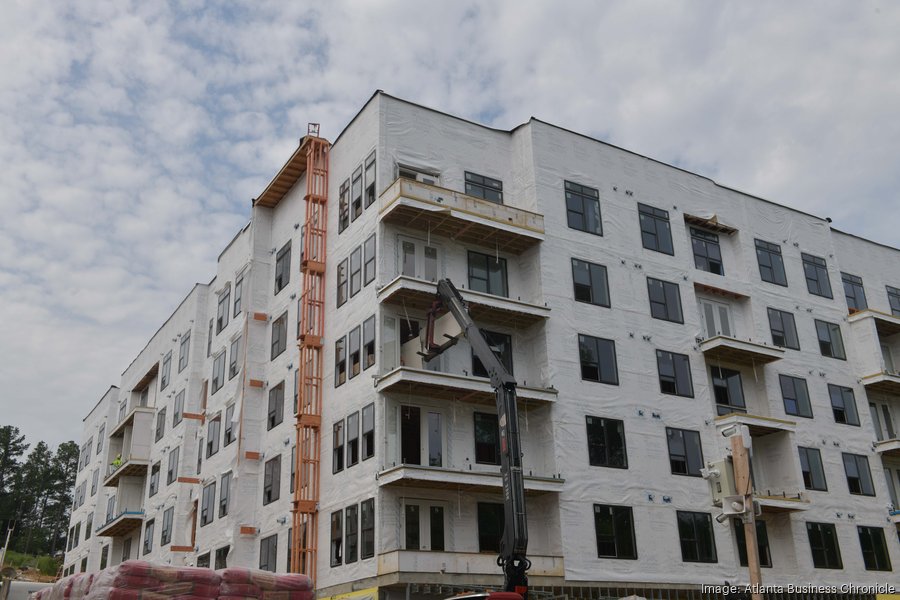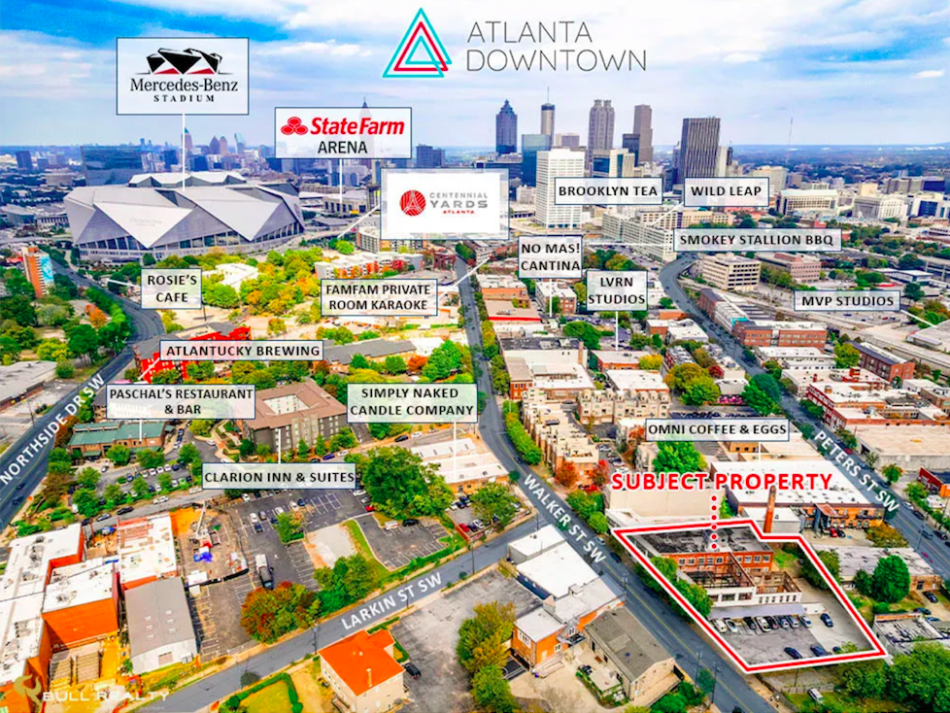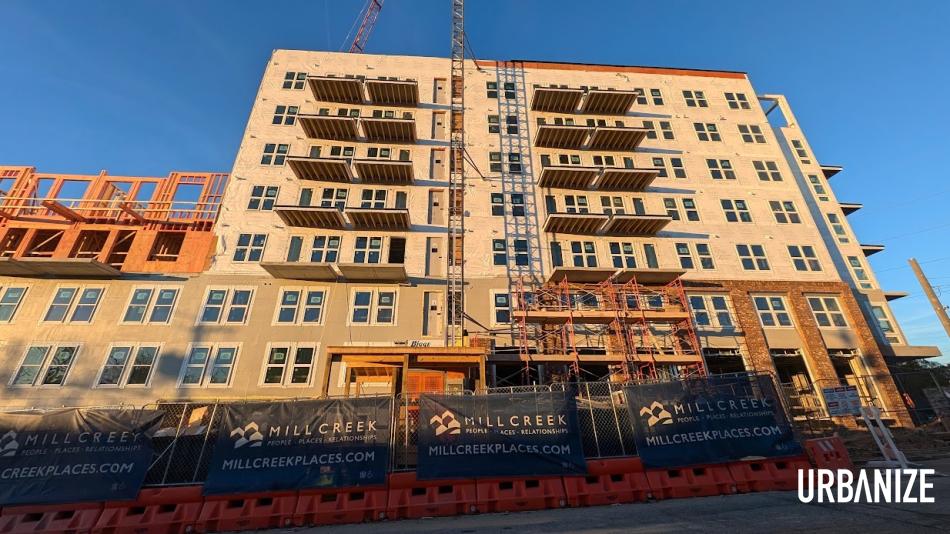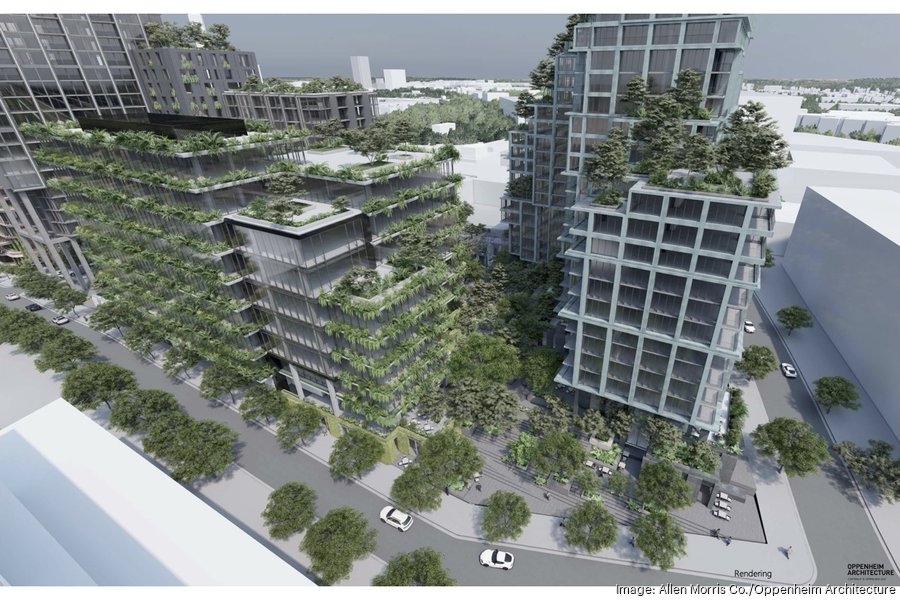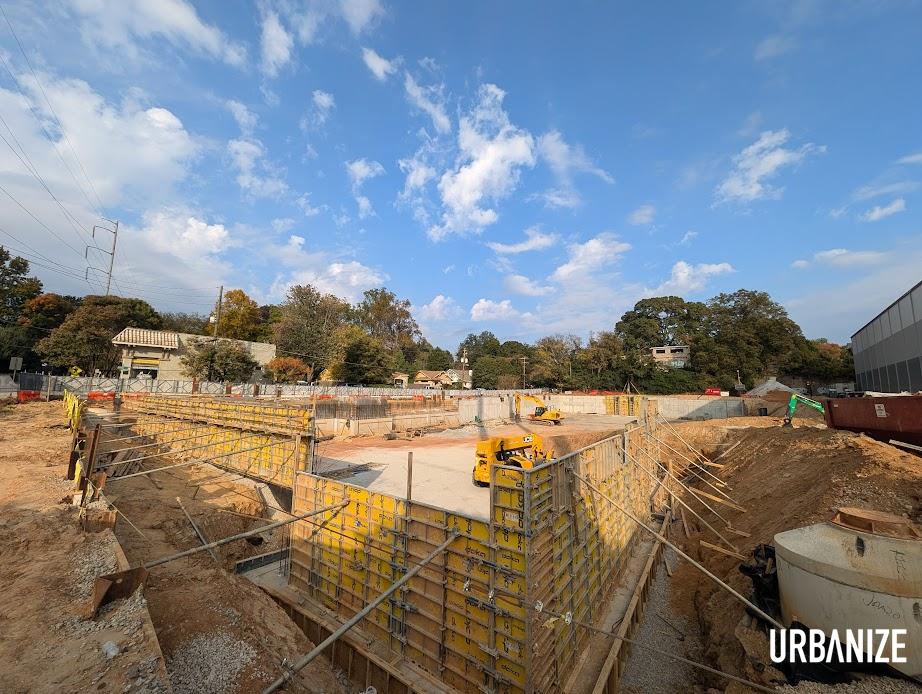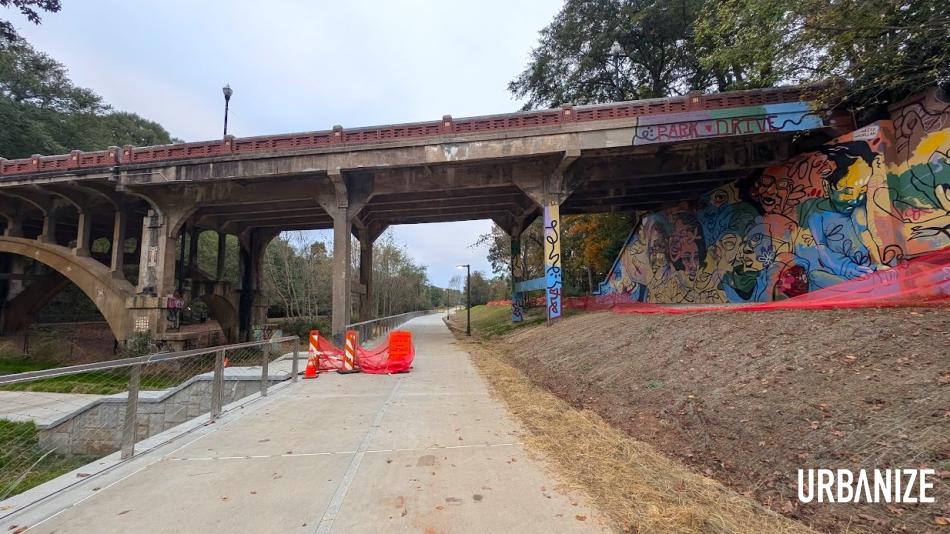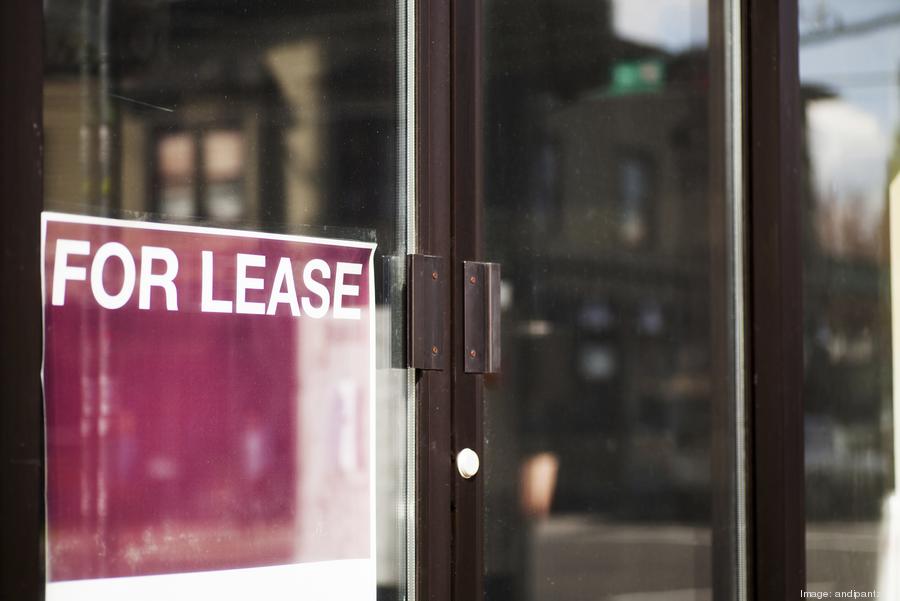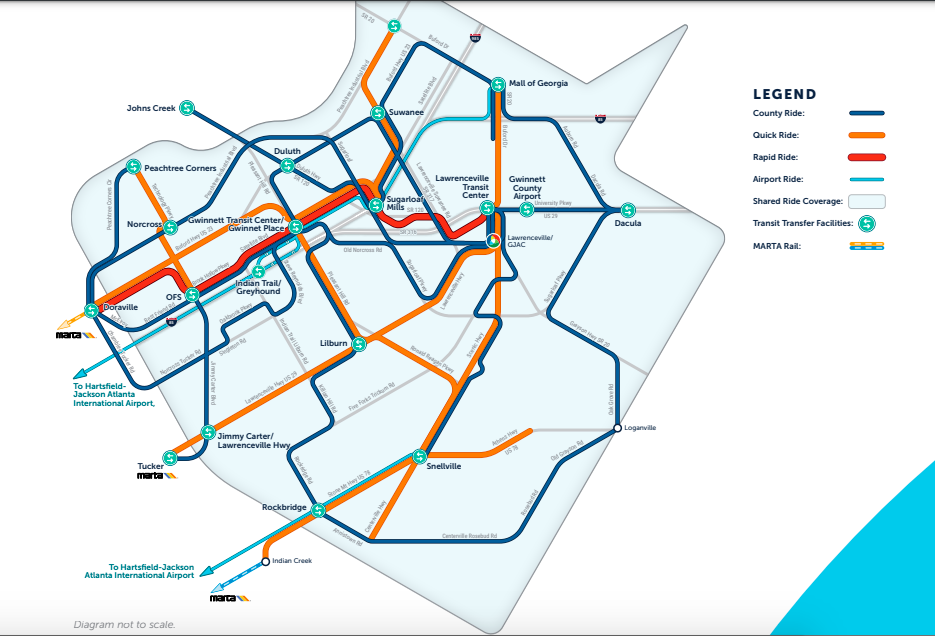
Efforts to expand transit in Cobb, Gwinnett counties are D.O.A.
Efforts to expand transit in Cobb, Gwinnett counties are D.O.A.
Josh Green
Wed, 11/06/2024 – 16:29
Alternate transportation supporters of metro Atlanta suffered a two-pronged setback on Election Tuesday that echoed similar transit rejections of years and decades past.
Measures that would have introduced new tax-funded bus and shuttle options in both Cobb and Gwinnett counties were rejected by voters in Georgia’s quickly growing second and third-most populated counties, respectively.
The stiff-arm from voters was strongest in Cobb County, where a proposed 1 percent sales tax increase to beef up rapid bus and shuttle transportation over the next three decades suffered a 62.3 percent to 37.6 percent defeat.
Georgia Secretary of State Office data show nearly 240,000 voters in Cobb rejected the Mobility Special Purpose Local Option Sales Tax, or MSPLOST.
Cobb transportation officials had estimated the sales tax bump would have generated more than $10 billion over 30 years to expand high-capacity bus transit and operations, creating an estimated 100 miles worth of new lines between key destinations such as The Battery Atlanta, Kennesaw State University, and Six Flags Over Georgia, among other activity hubs.
In Gwinnett, it was a much closer—but still unsuccessful—transportation vote.
Roughly 53 percent of Gwinnett voters said “no” to another 1 percent sales tax mechanism—a Transportation Special Purpose Local Option Sales Tax, or TSPLOST—that could have created an estimated $17 billion in transit funding over 30 years.
The Gwinnett County Board of Commissioners in June voted 4-1 in favor of placing the transit referendum on the Nov. 5 General Election ballot. According to county leadership, the estimated $17 billion culled from consumer spending in Gwinnett would have funded up to 75 transit projects around the county, with an emphasis on expanding bus and microtransit options. But it would not have included MARTA expansion or heavy rail in any capacity.
Highlights of the plan called for: expanded microtransit across the county by 2033; express bus routes from Snellville in southeast Gwinnett and Mall of Georgia in the far north to Atlanta’s airport; a BRT line between Doraville’s MARTA station and Lawrenceville, the county seat, and high-frequency buses elsewhere; plus additional, modernized transfer facilities throughout Gwinnett.
Like Cobb, the rejection continues Gwinnett’s track record with tax-funded, transit-expansion proposals.
Four rejections of proposed MARTA expansions in Gwinnett date back to 1971 and 1990, in addition to two more recent failed efforts, in both 2019 and 2020. The latter, a $12 billion plan, was rejected by a razor-thin margin.
Transit supporters had hoped Gwinnett’s status as a vastly different place these days—with three times the population as the early 1990s and a shift in politics and identity from suburban conservative to more progressive and globally diverse—would push the latest transit efforts over the finish line, but such was not the case.
Which begs the question: Now what?
…
Follow us on social media:
Twitter / Facebook/and now: Instagram
• Introducing ‘ATL Trains’: A revolutionary approach to Atlanta transit? (Urbanize Atlanta)
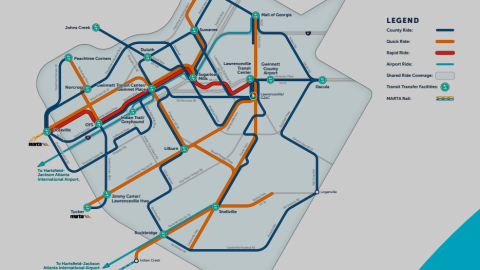
Efforts to expand transit in Cobb, Gwinnett counties are D.O.A.
Josh Green
Wed, 11/06/2024 – 16:29
Alternate transportation supporters of metro Atlanta suffered a two-pronged setback on Election Tuesday that echoed similar transit rejections of years and decades past.
Measures that would have introduced new tax-funded bus and shuttle options in both Cobb and Gwinnett counties were rejected by voters in Georgia’s quickly growing second and third-most populated counties, respectively.
The stiff-arm from voters was strongest in Cobb County, where a proposed 1 percent sales tax increase to beef up rapid bus and shuttle transportation over the next three decades suffered a 62.3 percent to 37.6 percent defeat.
Georgia Secretary of State Office data show nearly 240,000 voters in Cobb rejected the Mobility Special Purpose Local Option Sales Tax, or MSPLOST.
Cobb transportation officials had estimated the sales tax bump would have generated more than $10 billion over 30 years to expand high-capacity bus transit and operations, creating an estimated 100 miles worth of new lines between key destinations such as The Battery Atlanta, Kennesaw State University, and Six Flags Over Georgia, among other activity hubs.
In Gwinnett, it was a much closer—but still unsuccessful—transportation vote.
Roughly 53 percent of Gwinnett voters said “no” to another 1 percent sales tax mechanism—a Transportation Special Purpose Local Option Sales Tax, or TSPLOST—that could have created an estimated $17 billion in transit funding over 30 years.
The Gwinnett County Board of Commissioners in June voted 4-1 in favor of placing the transit referendum on the Nov. 5 General Election ballot. According to county leadership, the estimated $17 billion culled from consumer spending in Gwinnett would have funded up to 75 transit projects around the county, with an emphasis on expanding bus and microtransit options. But it would not have included MARTA expansion or heavy rail in any capacity.
Ride Gwinnett’s proposed transit service diagram that won’t be SPLOST-funded. Ride Gwinnett
Highlights of the plan called for: expanded microtransit across the county by 2033; express bus routes from Snellville in southeast Gwinnett and Mall of Georgia in the far north to Atlanta’s airport; a BRT line between Doraville’s MARTA station and Lawrenceville, the county seat, and high-frequency buses elsewhere; plus additional, modernized transfer facilities throughout Gwinnett.
Like Cobb, the rejection continues Gwinnett’s track record with tax-funded, transit-expansion proposals.
Four rejections of proposed MARTA expansions in Gwinnett date back to 1971 and 1990, in addition to two more recent failed efforts, in both 2019 and 2020. The latter, a $12 billion plan, was rejected by a razor-thin margin.
Transit supporters had hoped Gwinnett’s status as a vastly different place these days—with three times the population as the early 1990s and a shift in politics and identity from suburban conservative to more progressive and globally diverse—would push the latest transit efforts over the finish line, but such was not the case.
Which begs the question: Now what?
…
Follow us on social media:
Twitter / Facebook/and now: Instagram
• Introducing ‘ATL Trains’: A revolutionary approach to Atlanta transit? (Urbanize Atlanta)
Tags
Atlanta Transit
Cobb County
Gwinnett County
Atlanta Suburbs
Bus Transit
Gwinnett County News
Gwinnett County Transit
TSPLOST
SPLOST
Alternate Transportation
Alternative Transportation
Cobb County News
Cobb County Transportation
BRT
Bus Rapid Transit
Microtransit
Shuttle buses
Shuttles
Images
Ride Gwinnett’s proposed transit service diagram that won’t be SPLOST-funded. Ride Gwinnett
Subtitle
Now what?
Neighborhood
OTP
Background Image
Image
Before/After Images
Sponsored Post
Off Read More
Related Posts
This Week’s Atlanta Deal Sheet: Payroll Provider Makes Big Move In Gwinnett
Fledgling Developer Envisions $1.2B Project In Downtown Atlanta
This Week’s Atlanta Deal Sheet: RangeWater Co-Founder Launches Affordable Housing Nonprofit
Atlanta Landlords Beating Back Renter Fraud With Faster Evictions And AI Screening
Atlanta’s Free Parking Era Is Ending — And Landlords Are Cashing In
Atlanta Surpasses Northern Virginia As Top Market For Data Center Demand
A Green Space Race Is Growing In Atlanta’s Urban Core
Atlanta Firm Teams Up With Goldman Sachs, Ares, Koch To Buy $1.1B Retail Portfolio
Bankrupt Retailers Flooding Georgia Shopping Centers With Empty Space
REPORT: Hyundai To Invest $20B In U.S. Manufacturing
This Week’s Atlanta Deal Sheet: Chris Scott Heads To Newmark
Lone Star Hands Keys To EY’s Atlanta Tower Over To Lender
Site Once Pitched As Atlanta’s Tallest Residential Tower To Become A Park
California-Based Human Resources Firm To Open 150K SF Atlanta Office
Wells Fargo Forecloses On Westside Portfolio For Half Of 2021 Price
This Week’s Atlanta Deal Sheet: Huge Atlanta Convention Hotel Sells In Foreclosure
Wayfair To Open Second-Ever Physical Store In Former Atlanta Walmart
Atlanta Developer Raising $47M In Equity To Build 700 Multifamily Units
Investors Circling Atlanta Multifamily, Hoping Distress Pushes Properties To Market
Foreclosure Auction Scheduled For 240K SF Cumberland Office Tower
This Week’s Atlanta Deal Sheet: Caribou Coffee Expanding In Georgia
Institutional Money Floods Senior Housing As Demand Booms, Banks Stay Away
Savannah Industrial Footprint Poised To Double Despite Headwinds
Lender Forecloses On Cumberland/Galleria Office Tower At 70% Value Drop
Developers Propose 17M SF Of New Georgia Data Centers
Developers Aghast At Tree Ordinance Update That Could Raise Replanting Fees By 800%
Atlanta Braves Score Huge Property Next To The Battery
Carter-Haston Sells Old Fourth Ward Apartments For Twice What It Paid
This Week’s Atlanta Deal Sheet: J.P. Morgan REIT Buys Bass Lofts
How One Developer Is Reckoning With Bringing 750 Units Into Atlanta’s Apartment Glut
Examining Atlanta’s Explosive Data Center Growth And Its Impact On Cooling At Bisnow DICE Southeast
Apollo Undecided On Fate Of 763-Room Downtown Atlanta Hotel
Radco Launching Loan Workout Platform For Struggling Multifamily Owners, Lenders
SEC Charges Elie Schwartz With Defrauding Investors, Seeks Permanent Injunction
Family Of Former Georgia Governor, Senator Sells Big Chunk Of 900-Acre Estate
This Week’s Atlanta Deal Sheet: Big Law Firm Staying In Buckhead
Wells Fargo Looks To Foreclose On $84M Loan Tied To 4 Westside Projects
Duracell To Move Global Research HQ To Atlanta’s Science Square
DOGE Terminates 4 Federal Office Leases In Atlanta
FOR LEASE: 811 Peachtree — Luxury Office And Retail In The Heart Of Midtown Atlanta
Developer Pitches 2M SF Data Center Campus Near Atlanta
This Week’s Atlanta Deal Sheet: High Street Residential Breaks Ground In Brookhaven
Elie Schwartz Admits To $54M CrowdStreet Fraud, Faces 20 Years In Prison
Northside Hospital Buys Pill Hill Office Campus Out Of Receivership
The Peach Owner Seeks Dismissal Of Suit Accusing Him Of Fabricating Leases
Startup Focused On ‘Democratizing Real Estate’ Ordered To Hand Over 119 Properties To Lender
This Week’s Atlanta Deal Sheet: Miller & Martin Renews At Regions Plaza
For-Profit Trade School Grabs 150K SF Facility For Debut Georgia Location
Restaurant Closures Plague Once-Booming West Midtown
Buckhead is installing an outdoor gym—under a freeway
Photos: How ‘Upper Westside’ build with nearly 600 homes turned out
Downtown’s Olympic fountains are back—with fresh tech, daily shows
Crescent, GTIS Teaming Up on Charlotte Warehouses
Mixed-Use Project Planned for Blandtown
Here are the largest homebuilders in metro Atlanta
Here are the largest homebuilders in metro Atlanta
BizSpotlight: Halpern Enterprises Inc.
Halpern Enterprises...
BizSpotlight: Halpern Enterprises Inc.
Halpern Enterprises...
Swanky ‘Ronara’ to continue downtown Alpharetta densification
Work on Massive Nashville Rental Community Underway
Atlanta Beltline-adjacent pickleball complex sets opening date
Near Underground Atlanta, ‘transformative,’ multi-building project moves forward
Davidson Craven Planning 3M-SF Lexington Industrial Park

CBRE has arranged...
Mall’s sweeping redevelopment takes step closer to reality
JW Mitchell Unloads Two SE Warehouses
Master-Planned Community to Bring Housing, Retail and More to Bartow County
Atlanta Office Market on Rebound
Branch Properties Greenlighted for Gainesville Town Center
Driftwood Secures Financing for Atlanta Hotel
Rank...
Georgia’s Top Community Association Management Cos.
Rank...
Meet the Best Atlanta Neighborhood 2024 tourney Final Four!
Sultry visuals preview Midtown tower set to open next year
Here now, our top 10 most popular stories of 2024
Luxury Home Hits the Brookhaven Market
Developer Trio Teaming Up on $500M Charlotte Development
Lion Acquires 3rd Charlotte Rental Asset
Partial Redevelopment Proposed for Office Property in Alpharetta
City-Centered Living: Colonial Estate on 3.3 Acres in Northwest Atlanta
Redevelopment Planned for Downtown Carrollton Retail Center
Bike, pedestrian trail system in pipeline around MARTA station
Stream Eyeing 1.3M-SF Atlanta-Area Data Center
Partners Real Estate Southeast Region President John O’Neill III thankful for firm’s Atlanta growth
Partners Real Estate Southeast Region President John O’Neill III thankful for firm’s Atlanta growth
Atlanta rent prices drop again in October in 15th straight month of national decline
Atlanta rent prices drop again in October in 15th straight month of national decline
Atlanta firm acquires Vinings office building for $15M
Atlanta firm acquires Vinings office building for $15M
Atlanta brewery Steady Hand Beer closes after six years
Atlanta brewery Steady Hand Beer closes after six years
8 random reasons to be thankful for Atlanta right now
Historic property with Outkast ties floated for redevelopment
EoS Fitness to Open 50 Georgia Locations
KISCO Obtains $71.3M Refi of Greensboro Sr. Care Facility
Images: English Avenue project with nearly 400 units tops out
Lakeshore Mall in Gainesville targeted for redevelopment

S2 Capital Lands 618-Unit Atlanta Rental Asset
Rank Firm...
Atlanta’s Largest Commercial Interior Design Firms
Images: MARTA’s $150M transit hub in Clayton County officially a go
Star Metals District to expand with three towers, including West Midtown’s tallest
Star Metals District to expand with three towers, including West Midtown’s tallest
Work continues on Virginia-Highland’s mystery hole; builders mum
Toro secures financing for $560 million Johns Creek project
Toro secures financing for $560 million Johns Creek project
BizSpotlight: Revesco Properties Trust
The acquisition...
BizSpotlight: Revesco Properties Trust
The acquisition...

















































